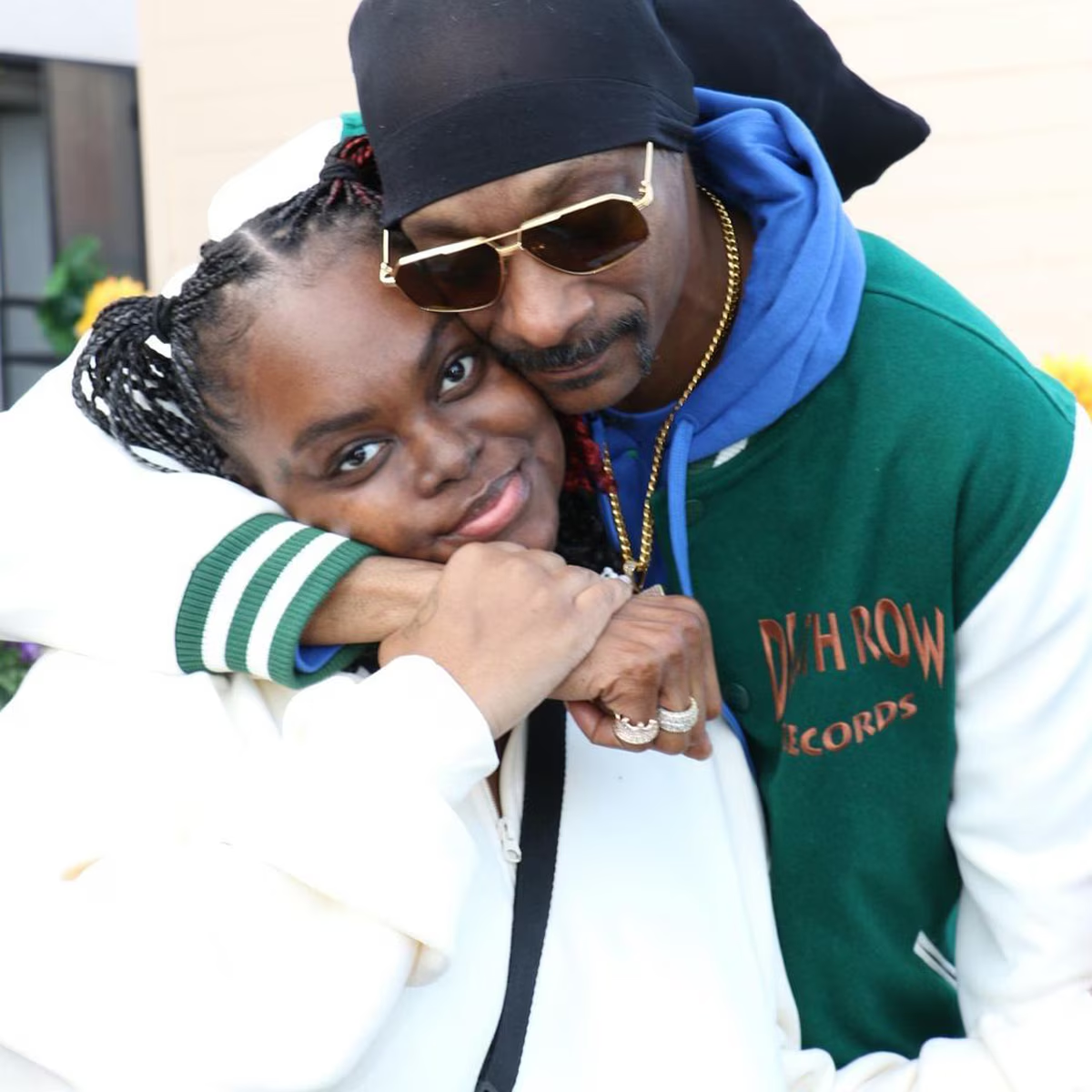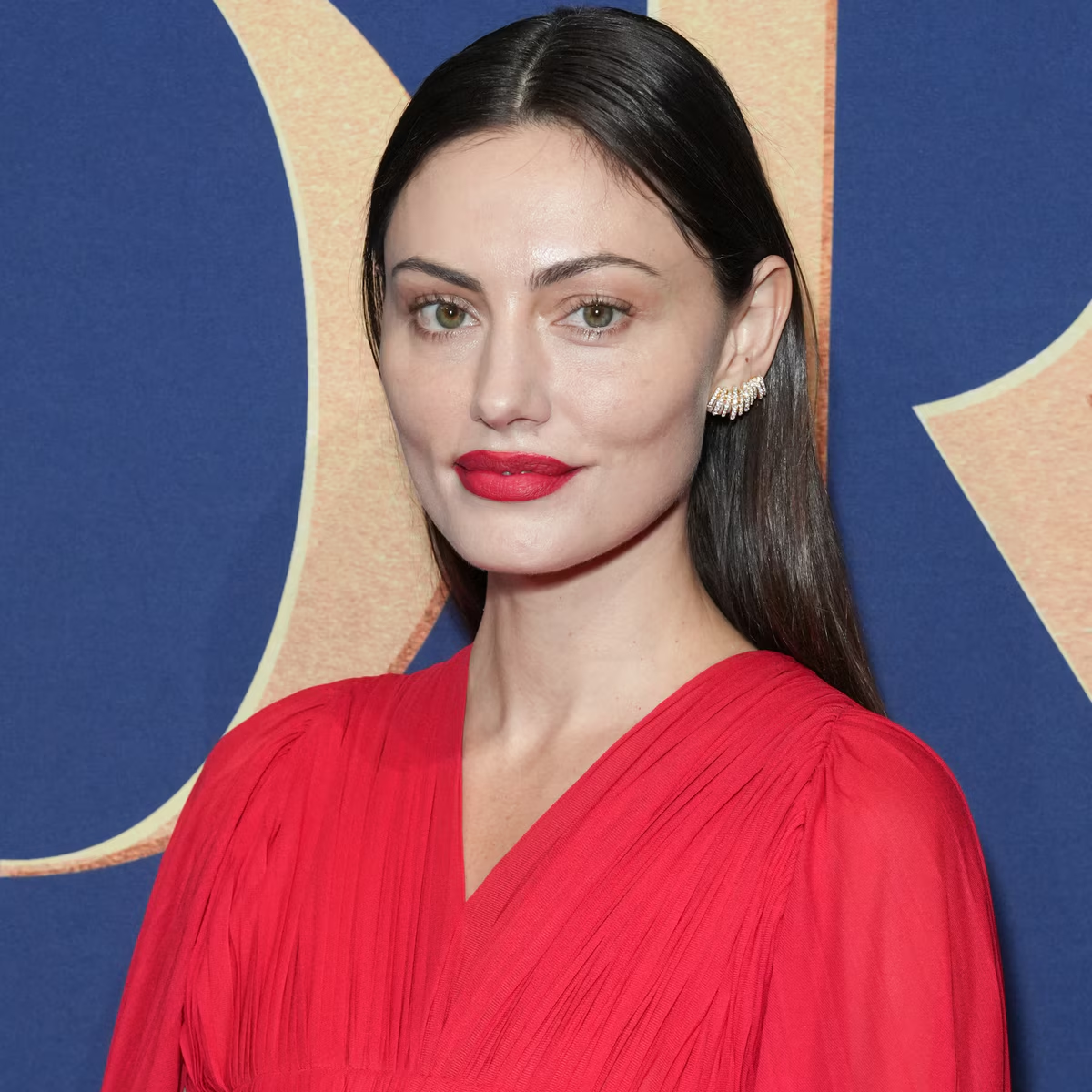5 questions about the new streaming service Max — after a glitchy launch
When you spend months hyping the debut of a new streaming service, the last thing you want customers to see on your big launch day is error messages and snarky comments on social media.
But that's what happened for some subscribers Tuesday morning trying to log onto the mega streaming service Max, which Warner Bros. Discovery created to unite content from its two biggest platforms, HBO Max and Discovery+.
Including me.
Subscribers to HBO Max were supposed to transition relatively seamlessly to Max. But for 90 minutes or so this morning, while trying to convert my HBO Max subscription, I kept seeing a message like this:
Other folks on social media commiserated about similar problems, recalling HBO Max's legendary past technical issues:
My connection problems resolved themselves eventually — I have no idea how or why — and I could access the service. A spokesperson for Max wouldn't say how widespread such problems were, downplaying any disruption and issuing this statement: "You must always anticipate issues on a tech rollout of this scale. We can share that only minor ones have emerged and were quickly remedied."
Given that the company has a total 97.6 million subscribers across HBO/HBO Max and Discovery+, glitches on launch day might be understandable. But one selling point for the service was improved technology, so stumbling on the first day is still not a great look — prompting deeper questions about what Max and Warner Bros Discovery are attempting.
Will Max be a better service than HBO Max, or just bigger?
Technical problems aside, the new Max offers a look similar to the old HBO Max format with important changes. At launch, HBO is the only brand among all the platforms included within Max that's highlighted at the top of the homepage, and my home screen is mostly filled with links to shows from the HBO Max library. That's likely an important transition, given that Max is completely replacing HBO Max, while Discovery+ will remain as a separate platform.
It's also no surprise that Max is debuting days before two of HBO's most buzzworthy shows are ending their series run on Sunday: Succession and Barry. Fans of both shows have lots of incentive to roll over to the new service, making it more likely the company will retain subscribers and maybe even pick up new ones. But I had to scroll halfway down my home screen to find links to Discovery+ brands like TLC, HGTV and the Food Network, minimizing their impact.
The company is promising over 35,000 hours of programming, along with an average of 40 new projects or seasons of TV every month. According to a spokesperson, subscribers get access to all the programming from HBO Max and "a majority of Discovery+ hours, representing 80% of engagement," whatever that means.
This is important: Since so many consumers don't have physical copies of the media they consume anymore, when a major streaming service changes how it operates, it can redefine the scope of material available to a wide swath of the viewing public.
(One thing I noticed: Max offers a lot more options for images to use as "avatars" — photos or graphics you can attach to your account to represent yourself — including characters from Succession, The Sopranos and House of the Dragon. But I had to scroll down seven rows of options before I got to the image of a Black man, which was disappointing.)
How much does this cost, anyway?
To start with, Max has three subscription tiers: with ads at $9.99/month or $99.99/year; without ads at $15.99/month or $149.99/year; and an "ultimate" ad-free subscription with more features at $19.99/month or $199.99/year. HBO Max subscribers get access to Max at the same price as their original subscription, so Warner Bros. Discovery is likely hoping most of those subscribers will roll over to the new service.
Subscribers who already had HBO Max are supposed to see their app automatically update to Max, but if not, you will need to download the new app separately (which is what happened to me). Discovery+ subscribers can choose to stay on the old platform or move over.
What's going to happen to the HBO brand?
For decades, HBO has stood as the media platform at the cutting edge of the best TV programs in the industry, from The Larry Sanders Show, The Sopranos and The Wire, to Succession, Game of Thrones and Barry. As Max debuts, HBO will remain as a series of cable channels and a platform featured inside the larger online service, but its brand will not be at the forefront of the company's largest streaming platform anymore.
Over time, that could create a seismic shift in the TV business. Warner Bros. Discovery seems to be positioning Max as a broader and more family-friendly platform than HBO, announcing new shows that include a first-ever Harry Potter TV series and a version of Peter and the Wolf from U2 front man Bono.
But will that change in focus make it tougher for HBO to take the kinds of creative risks that are central to its brand? Can it keep making the kind of TV that wins Emmys and sets standards for the industry? Or will we see the service limited by attempts to appeal to some imagined version of middle America?
Do consumers want the cable bundle recreated in the world of streaming?
One of the original promises of streaming was that subscribers could be free of the old cable-style TV system, where you paid one fee for a bunch of platforms, many of which you didn't need or want. But as Wall Street investors started to demand more profits – or any profit – from streaming services, strategies have shifted, bringing us all back to the future. So Max will unite a range of different platforms, including HBO, Cartoon Network, the DC universe, HGTV, the Food Network and more – just like a cable system.
As robust as Max's offerings are, it's tough to imagine fans of Succession or Harley Quinn also wanting to spend hours with Ghost Adventures or Diners, Drive-Ins and Dives. Will some consumers decide the slowly escalating price of services like this isn't worth joining a mega-bundle of platforms that's similar to cable?
Will the new Max maintain or improve on HBO's fitful diversity record?
One question for programmers seeking to reach a broader subscriber base is always who gets included inside the new target audience. Despite having a roster of shows that have featured important turning points for women and people of color – The Wire, Los Espookys, Insecure, A Black Lady Sketch Show, Watchmen, Sex and the City and Lovecraft Country among them – HBO and HBO Max have also historically struggled to feature shows created or run by people from marginalized groups.
As the new Max moves forward, let's hope it keeps reaching for shows that depict characters and stories from a widening range of people. Because the last thing a retrenching streaming industry needs to do is step back on its already limited progress in featuring projects, performers and creators who are not white and male.
Disclaimer: The copyright of this article belongs to the original author. Reposting this article is solely for the purpose of information dissemination and does not constitute any investment advice. If there is any infringement, please contact us immediately. We will make corrections or deletions as necessary. Thank you.







